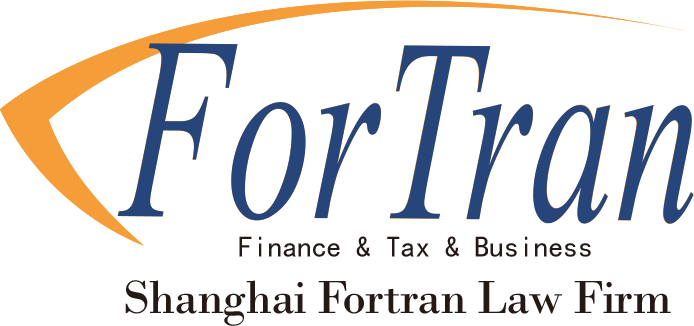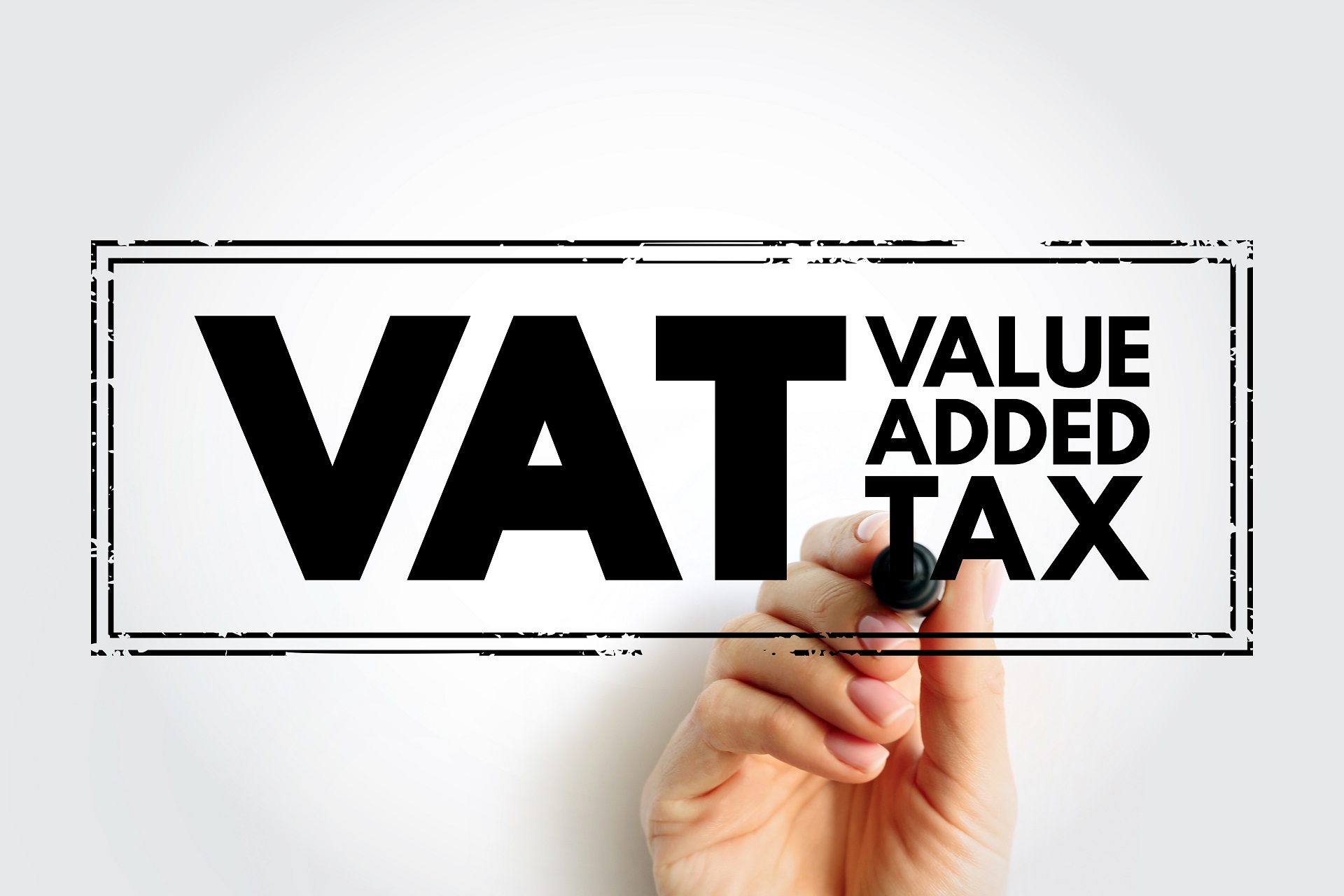On December 25, 2024, China enacted its new Value-Added Tax Law, effective January 1, 2026. Unlike prior regulations, the statute adopts an element-based legislative approach that emphasizes measurable rules over broad principles. This insight explores the law’s treatment of taxable transactions, financial elements, and compliance issues, while analyzing its future implications for neutrality, pass-through, and tax certainty.
Authored by: Ryan Yan
Introduction
On December 25, 2024, the Standing Committee of the 14th National People’s Congress enacted the Value-Added Tax Law of the People’s Republic of China (the “VAT Law”), which will take effect on January 1, 2026. With only 38 articles, the statute is concise in form but transformative in substance. It is not simply a codification of the Interim Regulations of the People’s Republic of China on Value-Added Tax. Rather, it reflects a fundamental shift in legislative philosophy.
At the heart of this shift is an element-based approach. In terms of legislative structure, greater emphasis is placed on the legislation of the elements of taxation rather than that of the principles of taxation.
The discussion below examines how this approach is reflected in the statute, why the shift occurred, and what it implies for the future development of China’s VAT system.
Part I. Legislative Approach: From Principles to Elements
1. Spatial Elements as the Basis for Identifying Taxable Transactions
The VAT Law develops its spatial elements by reference to taxable objects and taxable persons. It first distinguishes—on a spatial basis—between domestic and imported transactions, and between entities and individuals. These distinctions are then connected to four categories—goods, services, intangible assets, and immovable property—which are thereby identified as taxable objects.1
Within domestic transactions, the law further specifies spatial identifiers for each type of taxable object, such as the place of departure, place of location, place of issuance, place of consumption, and place of residence.2
Only in specific scenarios have other drafting methods been followed:
For “deemed taxable transactions,” It enumerates the specific scope of application, such as collective welfare and personal consumption.3
For mixed or concurrent transactions, it retains the general formulations used in prior legislation.4
Recent Chinese tax laws have typically followed a sequence of “principle; operational rule; and enumeration,” with the principle forming the conceptual foundation.5 The VAT Law instead places element-based norms at the center, using them as a hub that both connects backward and extends forward:
Connecting backward links to established and certain principles or general provisions, such as the treatment of mixed or concurrent transactions.
Extending forward reflects caution: for unsettled or exploratory issues, the law deliberately leaves space rather than regulating prematurely. For example, except for financial instruments, provisions on deemed taxable transactions almost entirely exclude services.
2. Financial Elements as the Basis for measurement in a transaction
Financial elements are structured around two dimensions: the presence or absence of consideration, and significantly high or low sales amounts.
(1) Presence or absence of consideration — distinguishing taxable and deemed-taxable transactions.
Article 3(2) defines taxable transactions as those conducted for consideration—that is, where an exchange of economic value takes place in a market context.6 By contrast, transactions without consideration may give rise to deemed taxable activities.7
Note: “Consideration” here does not extend to monetary receipts explicitly excluded under Article 6—such as wages, administrative charges, government funds, compulsory compensation—which fall outside the scope of taxable transactions.8
(2) Significantly high or low sales amounts — triggering a “justifiable reason” review.
Article 20 provides that where sales revenue is significantly high or low without justifiable reason, the tax authority may assess the taxable amount.9 Abnormal pricing thus triggers a “justifiable reason” review and may ultimately lead to assessment of the taxable base.
Contrast with the 2016 Pilot Measures (Caishui [2016] No. 36).
Article 10 of the 2016 Pilot Measures also referred to “consideration,” but framed it explicitly in terms of “business activities,”10 a formulation that appears influenced by the EU’s concept of “economic activity” in Article 9 of Council Directive 2006/112/EC.11 Starting from “business activity” inevitably opened the door to theoretical debates—e.g., continuity, whether consideration exists, and the role of profit motive. By contrast, the VAT Law deliberately refrains from using “business activity” as a defining criterion. It even places non-business items (e.g., administrative fees) alongside items that may involve business activity (e.g., deposit interest) within a single provision on non-taxable transactions under Article 6.12
Article 44 of the 2016 Pilot Measures addressed “significantly low or high” pricing, but tied it directly to “valid commercial reasons,” pointing squarely to anti-avoidance measures; it also stated that the tax authority may determine the sales amount, thereby leaving room for anti-avoidance adjustments.13 Article 20 of the VAT Law, however, adopts a different formulation: “abnormally high or low” sales amounts are linked to the broader standard “without justifiable reason,” 14 reverting to Article 35 of the Tax Collection and Administration Law.15 The statute further provides that the authority may assess (rather than determine) the sales amount—a more neutral, measured approach that implies no late-payment surcharges or interest. Accordingly, the new VAT Law does not contain an anti-avoidance clause. Even in this sensitive area, the statute remains firmly within an element-based, quantification-oriented framework.
Taken together, these choices underscore a legislative philosophy that is element-based, measurable, and operationally focused. The VAT Law deliberately avoids open-ended definitional issues and principle-based clauses, and instead builds a system where clarity and administrability are paramount.
Part II. Future Directions of the Element-Based VAT Law
1. Quantification First to Accelerate Pass-Through
The VAT Law places pass-through above all else, prioritizing operability over abstract doctrine. The absence of principle-based clauses is not a temporary placeholder but a deliberate choice. Looking ahead, supplements are likely to take the form of identifiable, operational elements or enumerations—not broad principle clauses.
Existing layers of complexity call for cleanup and are unlikely to reappear. Even where gaps exist, the preferred approach is to leave them open rather than fill them with catch-all provisions. This will narrow the scope for judicial law-making, focusing courts on applying element-based provisions rather than creating principles. Any “principles” for VAT are more likely to emerge after a long period of institutional maturation than as an immediate priority.
2. Targeted Authorizations, Not Broad Regulations
A notable feature of the VAT Law is the absence of any authorization for the State Council to promulgate a comprehensive Implementation Regulation. This contrasts with statutes such as the Enterprise Income Tax Law, the Individual Income Tax Law, and the Law on Vehicle and Vessel Tax, which expressly empower the State Council to issue detailed implementation rules. On this basis, it is unlikely there will be an Implementation Regulation to the VAT Law.
3. Limiting Tax Incentives to Safeguard Neutrality
If the VAT framework were confined strictly to the statute, it would establish long-term market expectations. From this premise it follows that elements that obstruct smooth pass-through must, in time, be adjusted within the State Council’s delegated authority.
A clear example concerns corporate interest expense. Such expenses will almost certainly become creditable. Without creditability, re-discounting transactions could not be sustained, as it would be difficult for the State Taxation Administration to address interest-related items again through preferential tax policies. In the absence of such relief, these transactions would effectively cease to exist.
This example illustrates a broader point: structural issues in VAT cannot be sustainably resolved through ad hoc preferential policies. Distortions of neutrality—or factors that slow pass-through—often arise from the preferences themselves.
The VAT Law acknowledges this concern. Looking ahead, some preferences will likely be phased out, while others may be introduced to address evolving social and economic needs—but always within the statute’s limits. Finally, because preferences are promulgated by the State Council, their scope and pace will inevitably lag behind the State Taxation Administration’s rule-making; for this institutional reason as well, the number of preferences can be expected to remain limited.
Conclusion
The VAT Law embodies a Chinese model of legislation: pragmatic, element-based, and development-oriented. Its focus is not on principles but on workable elements that enable smoother tax pass-through and greater certainty for businesses. This approach, forged through years of reform practice, provides a stable legal foundation that supports growth while ensuring predictability in tax obligations.
References
【1】 See Article 3(1) of the Value-Added Tax Law of the People’s Republic of China (“VAT Law”):
“Entities and individuals (including sole proprietors) that sell goods, services, intangible assets, immovable property within the territory of the People’s Republic of China (hereinafter referred to as ‘taxable transactions’), or that import goods, are VAT taxpayers and shall pay VAT in accordance with this Law.”
【2】 See Article 4 of the VAT Law:
“Taxable transactions occurring within the territory of the People’s Republic of China are defined as follows:
(1) In the sale of goods, where the place of departure or the location of the goods is within the territory;
(2) In the sale or lease of immovable property, or the transfer of the right to use natural resources, where the immovable property or natural resources are located within the territory;
(3) In the sale of financial products, where the financial products are issued within the territory, or where the seller is a domestic entity or individual;
(4) In the sale of services or intangible assets other than those specified in Items (2) and (3), where the services or intangible assets are consumed within the territory, or where the seller is a domestic entity or individual.”
【3】 See Article 5 of the VAT Law:
“Any of the following circumstances shall be deemed taxable transactions and subject to VAT under this Law:
(1) An entity or sole proprietor uses self-produced or commissioned-processed goods for collective welfare or personal consumption;
(2) An entity or sole proprietor transfers goods without consideration;
(3) An entity or individual transfers intangible assets, immovable property, or financial products without consideration.”
【4】 See Article 12 of the VAT Law:
“Where a taxpayer engages in two or more taxable transactions involving different tax rates or levy rates, the sales amounts shall be separately accounted for. If not, the higher rate shall apply.”
See also Article 13 of the VAT Law:
“Where a single taxable transaction involves two or more tax rates or levy rates, the main business rate shall apply.”
【5】 See Article 8 of the Enterprise Income Tax Law of the People’s Republic of China (2018 Amendment):
“Reasonable expenses actually incurred by an enterprise in relation to the acquisition of income—including costs, expenses, taxes, losses, and other expenditures—shall be deductible when calculating taxable income.”
【6】 See Article 3(2) of the VAT Law:
“Sales of goods, services, intangible assets or immovable property refers to transfers of ownership of goods or immovable property for consideration, provision of services for consideration, or transfers of ownership or usage rights of intangible assets for consideration.”
【7】 See Article 5 of the VAT Law:
“Any of the following circumstances shall be deemed taxable transactions and subject to VAT under this Law:
(1) An entity or sole proprietor uses self-produced or commissioned-processed goods for collective welfare or personal consumption;
(2) An entity or sole proprietor transfers goods without consideration;
(3) An entity or individual transfers intangible assets, immovable property, or financial products without consideration.
【8】 See Article 6 of the VAT Law:
“The following are not taxable transactions and are not subject to VAT:
(1) Services provided by employees to their employer for which they receive wages or salaries;
(2) Administrative charges or government funds collected;
(3) Compensation received due to expropriation or requisition in accordance with law;
(4) Interest income from deposits.”
【9】 See Article 20 of the VAT Law:
“Where sales amounts are significantly low or high without justifiable reason, the tax authority may assess the taxable sales amount in accordance with the Law of the People’s Republic of China on the Administration of Tax Collection and relevant administrative regulations.”
【10】 See Article 10 of the Measures for the Pilot Program of Replacing Business Tax with Value-Added Tax (Caishui [2016] No. 36):
“Sales of services, intangible assets, or immovable property refers to the provision of services, transfers of intangible assets, or transfers of immovable property for consideration, except for the following non-business activities: …”
【11】 See Yang Xiaoqiang et al., On “Business Activity” in VAT Legislation, Taxation and Economy, Issue 4 (No. 140), 2023.
【12】 See Article 6 of the VAT Law:
“The following are not taxable transactions and are not subject to VAT:
(1) Services provided by employees to their employer for which they receive wages or salaries;
(2) Administrative charges or government funds collected;
(3) Compensation received due to expropriation or requisition in accordance with law;
(4) Interest income from deposits.”
【13】 See Article 44 of the Measures for the Pilot Program of Replacing Business Tax with Value-Added Tax (Caishui [2016] No. 36):
“Where the price of a taxable transaction is significantly low or high without a reasonable commercial purpose, or where activities listed in Article 14 of these Measures occur without sales amounts, the competent tax authority has the right to determine the sales amount in the following order: …
‘Without reasonable commercial purpose’ means that the primary purpose is to obtain tax benefits by artificially arranging to reduce, exempt, defer VAT liabilities, or increase VAT refunds.”
【14】 See Article 20 of the VAT Law:
“Where sales amounts are significantly low or high without justifiable reason, the tax authority may assess the taxable sales amount in accordance with the Law of the People’s Republic of China on the Administration of Tax Collection and relevant administrative regulations.”
【15】 See Article 35 of the Law of the People’s Republic of China on the Administration of Tax Collection (2015 Amendment):
“Where a taxpayer falls under any of the following circumstances, the tax authorities shall have the power to assess the amount of tax payable:
…
(6) The tax basis declared by the taxpayer is obviously low and without justifiable reason.
The specific procedures and methods for assessing the tax payable shall be prescribed by the competent department of taxation under the State Council.”



